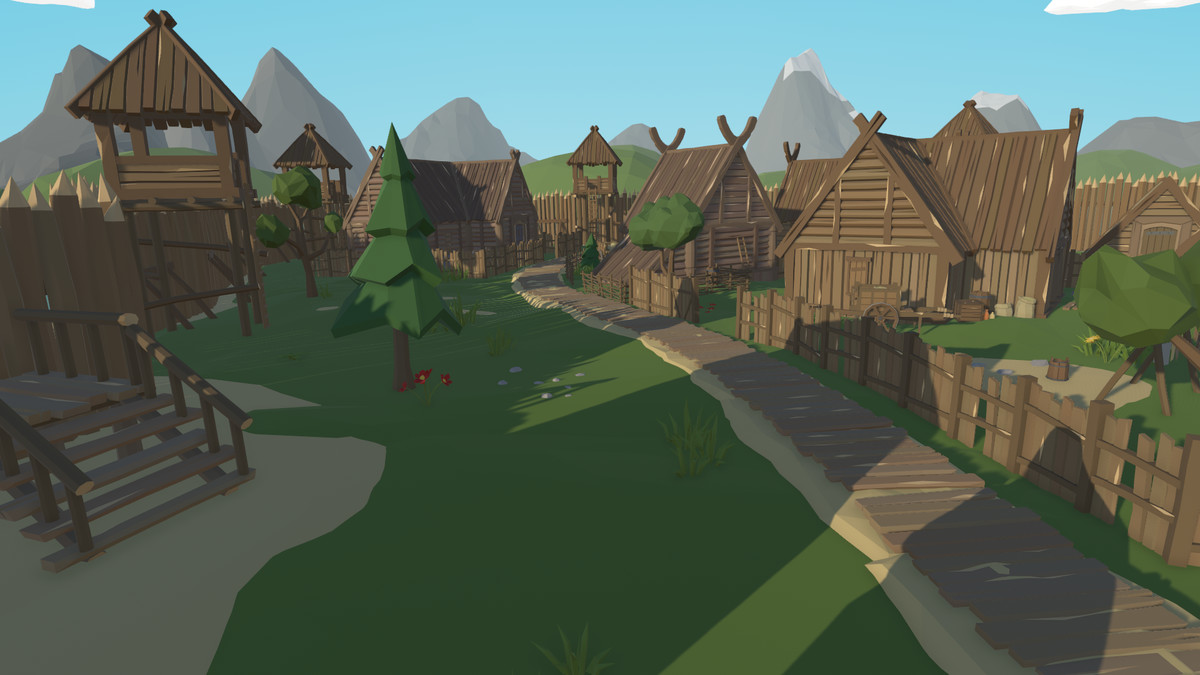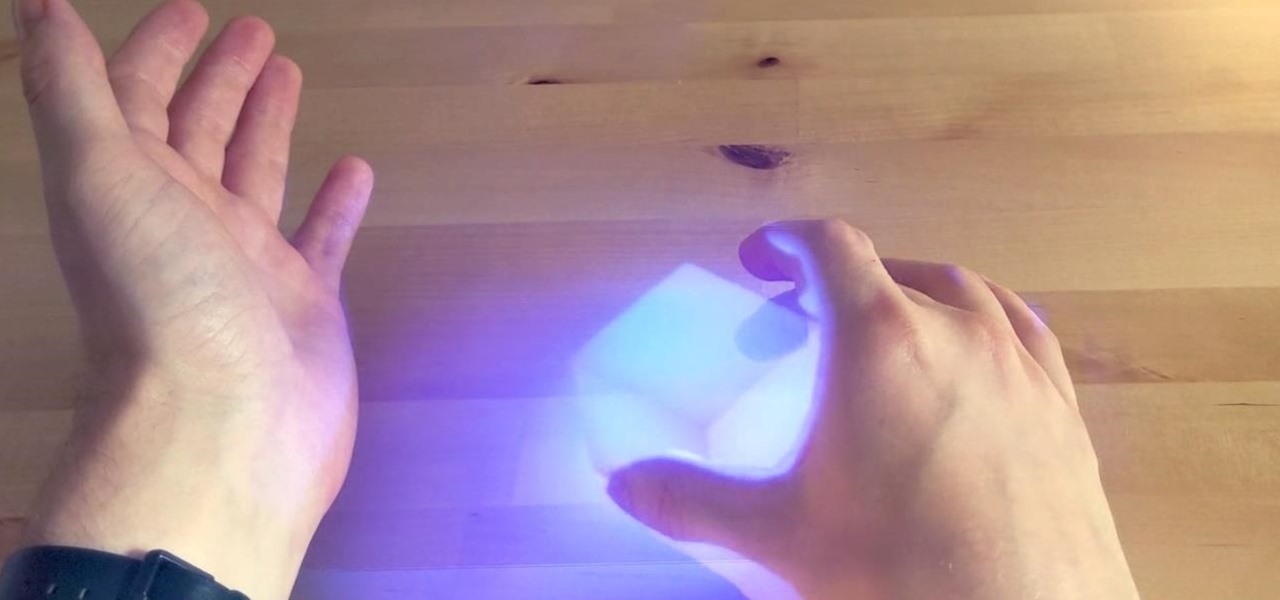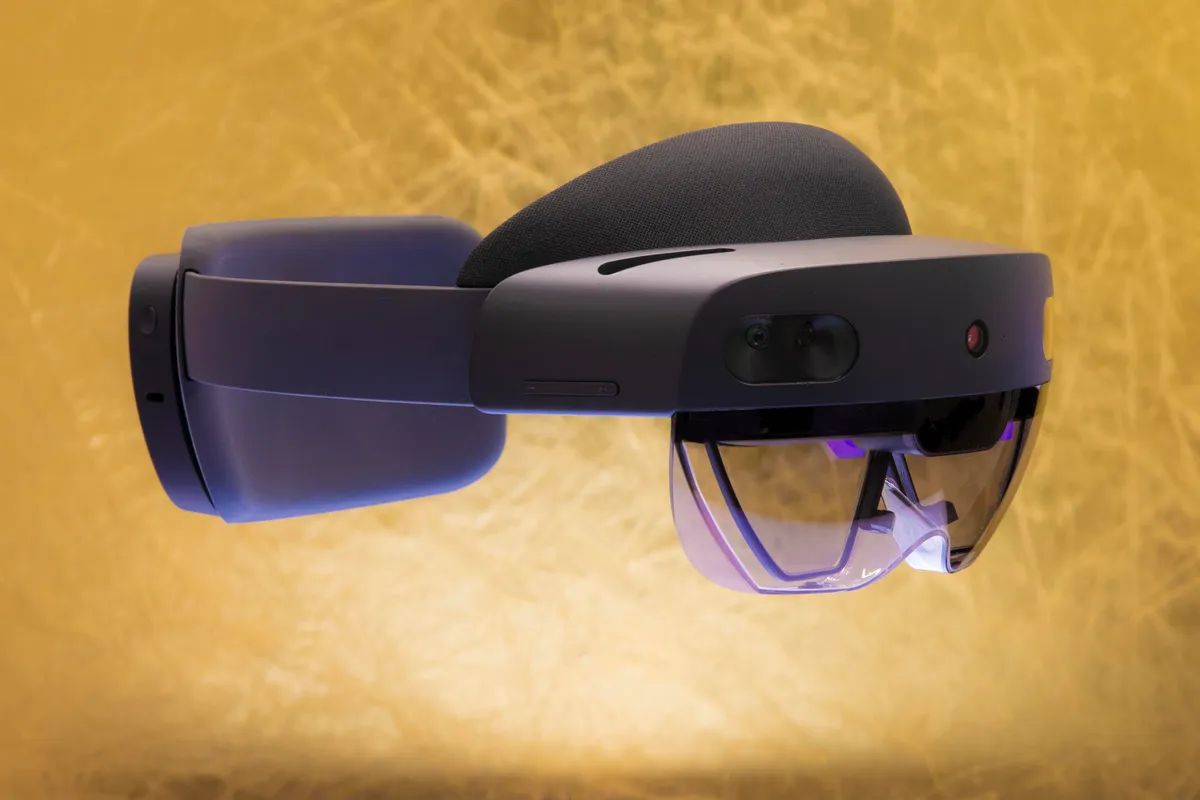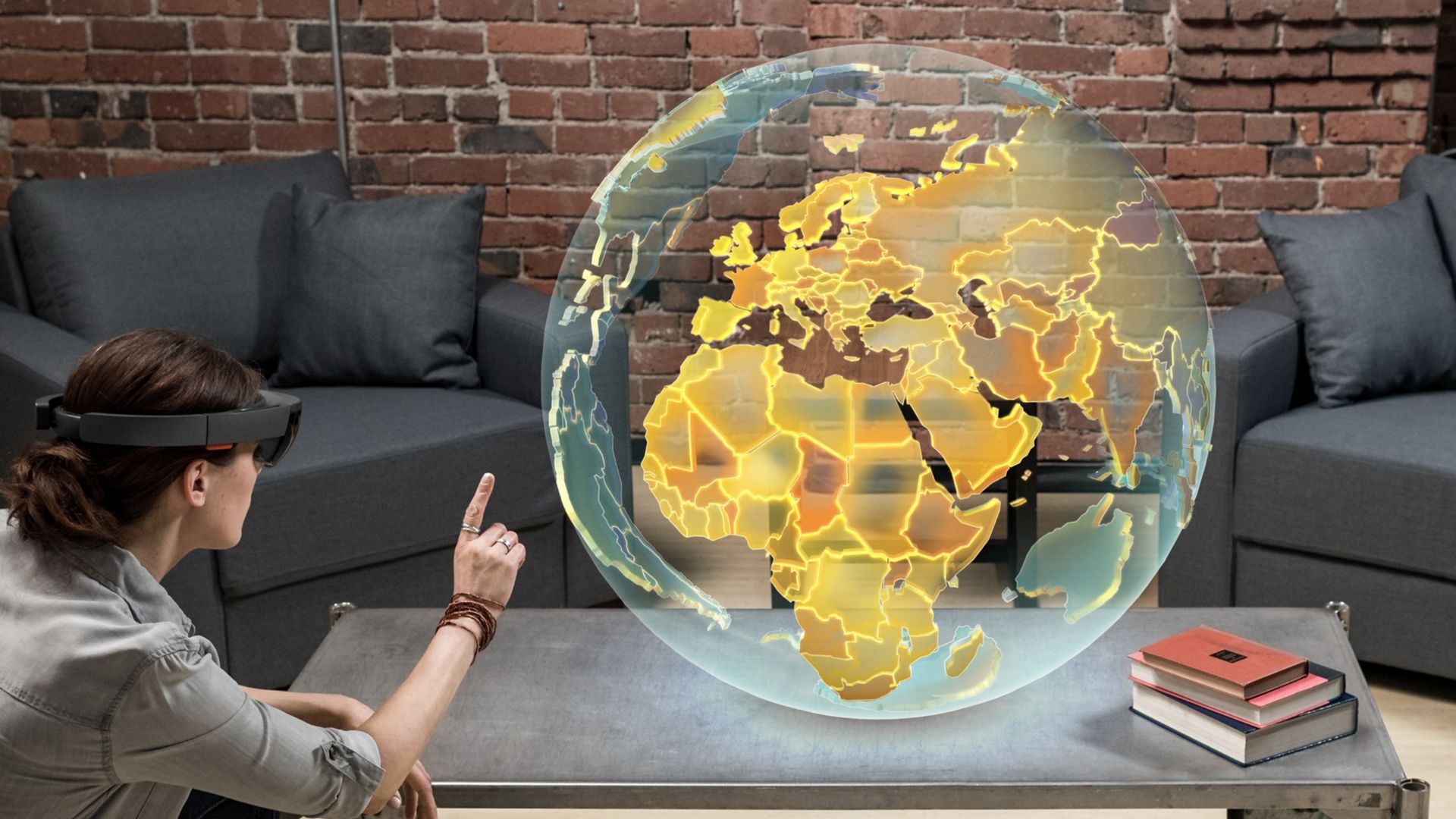Introduction
Welcome to the world of Unity! Unity is a powerful and widely used game development engine that allows developers to create stunning and immersive experiences. Whether you are a professional game developer or just getting started with game development, the Unity Asset Store is an invaluable resource for finding and downloading various assets to enhance your projects.
From 3D models and textures to audio and script packages, the Unity Asset Store offers a wide range of content that can save you time and effort in creating your own assets from scratch. With just a few clicks, you can access a vast library of high-quality assets contributed by talented artists and developers from around the world.
In this guide, we will walk you through the process of downloading assets from the Unity Store and incorporating them into your Unity projects. Whether you need a new character model, a collection of particle effects, or a script to add functionality to your game, the Unity Asset Store is the go-to platform for finding and acquiring these assets.
Before you can start downloading assets from the Unity Store, it is important to have a Unity account. Don’t worry if you don’t have one yet, as we will cover the account creation process in the next section. So, let’s dive in and explore the incredible world of the Unity Asset Store!
Creating a Unity Account
Before you can start downloading assets from the Unity Store, you need to create a Unity account. Follow these simple steps to create your account:
- Visit the Unity website: Go to the official Unity website and click on the “Sign in” button at the top right corner of the page.
- Create a new account: If you don’t already have a Unity account, click on the “Sign up” option. Fill in the required information, including your email address and a secure password. Make sure to choose a strong password to protect your account.
- Verify your email: After creating your account, you will receive a verification email. Open the email and click on the verification link. This step is necessary to activate your account.
- Complete your profile: Once your account is activated, you can log in and complete your profile. Provide relevant information, such as your name and any additional details you want to share.
Having a Unity account not only allows you to access the Unity Asset Store, but also gives you access to other Unity services and features. It provides you with a centralized platform to manage your assets, projects, and licenses.
Now that you have created your Unity account, you are ready to explore the Unity Asset Store and download assets for your projects. In the next section, we will guide you on how to navigate to the Unity Asset Store and find the assets you need.
Navigating to the Unity Asset Store
After creating your Unity account, it’s time to navigate to the Unity Asset Store. Here’s how you can do it:
- Visit the Unity website: Go to the official Unity website by entering unity.com into your web browser’s address bar.
- Sign in to your account: Click on the “Sign in” button located at the top right corner of the webpage. Enter your account credentials (email and password) to log in.
- Go to the Unity Asset Store: Once you are signed in, navigate to the Unity Asset Store by clicking on the “Asset Store” tab or by directly accessing assetstore.unity.com.
Upon reaching the Unity Asset Store, you will be greeted with a visually appealing interface that showcases various featured assets and categories. Take some time to familiarize yourself with the layout and features of the Asset Store page.
The Unity Asset Store offers a comprehensive search functionality that allows you to find specific assets or browse through different categories. Additionally, you can explore assets based on popularity, price, ratings, and more.
Before diving into the search process, it’s important to have a clear idea of the type of asset you are looking for. Are you in need of a 3D model, a texture pack, or a script package? Having this clarity will help you streamline your search and find the most relevant assets for your project.
Now that you know how to navigate to the Unity Asset Store, let’s move on to the next section where we will guide you through the process of searching for the desired asset.
Searching for the Desired Asset
Now that you have reached the Unity Asset Store, it’s time to search for the specific asset you need. Follow these steps to find your desired asset:
- Refine your search: Take advantage of the search bar located at the top of the Asset Store page. Enter relevant keywords related to the asset you are looking for. For example, if you need a 3D character model, you can search for “character model” or “3D character.”
- Filter your results: Once you have entered your search query, you can further refine your results using various filters. Filters may include categories, file types, compatibility, pricing, ratings, and more. Use these filters to narrow down your options and find the most suitable asset for your project.
- Explore related assets: While browsing through the search results, don’t hesitate to explore related assets in different categories. Sometimes, you may find assets that offer additional functionality or complement your original search query.
- Read asset descriptions and reviews: Clicking on an asset will take you to its individual page, where you can find detailed descriptions, screenshots, videos, and user reviews. Take your time to read through these resources to assess whether the asset meets your requirements.
- Bookmark or add to cart: If you find an asset that you like, you have the option to bookmark it for future reference or add it to your cart for immediate download. Bookmarked assets will be saved to your account, making it easier to access them later.
Remember, the Unity Asset Store offers a vast selection of assets contributed by a diverse community of developers and artists. Take your time to explore different options and find the asset that best matches your project’s needs.
Now that we have covered the process of searching for assets, let’s move on to the next section where we will discuss the selection and review process before downloading an asset.
Selecting and Reviewing the Asset
Once you have found a potential asset in the Unity Asset Store, it’s important to review it thoroughly before making a decision. Here’s how you can select and review an asset:
- Click on the asset: To access the asset’s individual page, click on its title or image in the search results. This will take you to a dedicated page containing detailed information about the asset.
- Read the description: Start by reading the asset’s description carefully. The description provides essential information about what the asset offers, its features, and compatibility. Pay attention to any specific requirements or dependencies mentioned in the description.
- Check out the screenshots and videos: Examine the screenshots and videos provided on the asset’s page. These visuals give you a better understanding of how the asset looks and functions in different scenarios.
- Read user reviews: User reviews are a valuable source of information about the asset’s quality and performance. Take the time to read through the reviews to get insights from other users who have already used the asset. Pay attention to both positive and negative feedback to make an informed decision.
- Consider the asset’s ratings: Ratings can provide an overall assessment of the asset’s quality. Take into account the average rating as well as the number of ratings provided. Higher-rated assets with a significant number of reviews are generally more reliable.
- Check for updates and support: Look for information about the asset’s updates and ongoing support from the developer. Knowing that the asset is actively maintained and supported can give you peace of mind.
By thoroughly reviewing an asset, you can ensure that it meets your project’s requirements and expectations. It’s important to take your time during this step to avoid any potential issues or regrets in the future.
Now that we have discussed the selection and review process, let’s move on to the next section where we will guide you through the actual process of downloading the asset from the Unity Asset Store.
Downloading the Asset
Once you have selected the desired asset from the Unity Asset Store, it’s time to download it to your computer. Here’s how you can download an asset:
- Click on the “Download” button: On the asset’s individual page, you will find a prominent “Download” button. Click on this button to initiate the download process.
- Select the appropriate version: If multiple versions of the asset are available, make sure to select the version that is compatible with your Unity Editor. Unity often provides different versions to support various Unity Editor versions and platforms.
- Choose the download location: Your browser will prompt you to choose a download location for the asset file. Select a location that is convenient for you to access.
- Wait for the download to complete: Depending on the size of the asset, the download may take some time. Be patient and wait for the download to finish. Avoid interrupting the download process to ensure that the asset file is downloaded correctly.
Once the asset has been successfully downloaded, you will have a local copy on your computer. The asset file may be in a compressed format, such as a ZIP file. If that’s the case, you will need to extract the files before using them.
It’s important to note that assets downloaded from the Unity Asset Store are subject to the specific licensing terms set by the asset’s creator. Make sure to review and comply with the licensing restrictions, which may include limitations on usage, redistribution, and modifications.
Now that you have successfully downloaded the asset, it’s time to import it into your Unity project. In the next section, we will guide you through the process of importing the asset into Unity.
Importing the Asset into Unity
Now that you have downloaded the desired asset from the Unity Asset Store, it’s time to import it into your Unity project. Follow these steps to import the asset:
- Open your Unity project: Launch the Unity Editor and open your project where you want to import the asset.
- Locate the downloaded asset: Navigate to the location where you downloaded the asset file on your computer.
- Import the asset: In the Unity Editor, go to the “Assets” menu and click on “Import New Asset…”. Locate the downloaded asset file and select it.
- Wait for the import process: Unity will now start the import process for the selected asset. Depending on the complexity and size of the asset, this process may take a few moments.
- Review the imported assets: Once the import is complete, you will find the imported assets in the Project window of the Unity Editor. This window acts as a file explorer for your project, allowing you to organize and access your assets.
After importing the asset, you can start using it in your Unity project. Depending on the type of asset, you may need to assign it to specific game objects, modify its properties, or script functionality around it.
It’s important to note that imported assets may consist of multiple files, such as textures, scripts, or additional dependencies. Unity will automatically handle the dependencies and keep them organized within your project.
By importing assets into your Unity project, you can easily leverage the power of the Unity Asset Store and save valuable time and effort in creating assets from scratch.
In the final section, we will guide you on how to use the imported asset in your Unity project, allowing you to take full advantage of its features and enhance your project’s development process.
Using the Asset in Your Project
Now that you have successfully imported the asset into your Unity project, it’s time to start using it to enhance your project’s development process. Here’s how you can use the asset:
- Assign the asset to game objects: Depending on the type of asset, you may need to assign it to specific game objects in your scene. For example, if you imported a 3D model, you can drag and drop it onto a game object in the Unity Editor to visually represent that object.
- Modify the asset properties: Assets often come with customizable properties that allow you to tweak their appearance or behavior. Use the Inspector window in Unity to modify these properties and tailor the asset to your project’s needs.
- Integrate scripts and functionality: Many assets, such as scripts or plugin packages, bring additional functionality to your project. Follow the provided documentation or instructions to integrate the asset’s scripts and leverage their capabilities.
- Collaborate and iterate: As you work with the asset in your project, collaborate with your team members, gather feedback, and iterate on your implementation. Assets can be a valuable starting point, but you may need to customize them further to fit your project’s unique requirements.
Remember, the Unity Asset Store provides a vast array of assets that can enhance your project and speed up development. Whether you’re creating a game, a virtual reality experience, or a simulation, utilizing assets can save you time, effort, and resources.
Make sure to regularly save your project and maintain a backup of your asset files to prevent any unexpected loss or corruption. Additionally, keep in mind the licensing terms associated with each asset and ensure compliance with the creator’s requirements.
Now that you know how to use the asset in your project, you are ready to explore the Unity Asset Store further and discover new assets to enhance your creations.
Congratulations! You have successfully learned how to navigate the Unity Asset Store, search for assets, download them, import them into your project, and utilize them effectively. With the vast library of assets available at your fingertips, you have the opportunity to take your projects to the next level of creativity and quality.
Conclusion
In this guide, we have explored the process of downloading assets from the Unity Asset Store and incorporating them into your Unity projects. By following the steps outlined in this guide, you can easily navigate the Unity Asset Store, search for specific assets, review them, download them, and import them into your projects.
The Unity Asset Store offers a vast selection of high-quality assets contributed by talented developers and artists from around the world. From 3D models and textures to scripts and audio packs, the Unity Asset Store provides a one-stop destination for all your project needs.
Creating a Unity account is the first step in accessing the Unity Asset Store. With an account, you can review and download assets, manage your purchases, and keep track of your bookmarks. Once you have identified the asset you need, take the time to thoroughly review it by reading the description, examining screenshots and videos, and considering user reviews and ratings.
Downloading an asset is a straightforward process. Simply click the “Download” button on the asset’s page, choose the appropriate version compatible with your Unity Editor, and wait for the download to complete. After downloading the asset, you can import it into your Unity project by selecting it through the “Import New Asset” option in the Unity Editor’s “Assets” menu.
Once the asset is imported, you can start utilizing it in your project by assigning it to game objects, modifying its properties, and integrating associated scripts or functionality. Collaborate with your team and iterate on your implementation to customize the asset and optimize it for your specific project requirements.
The Unity Asset Store revolutionizes the game development process by providing a marketplace filled with diverse and valuable assets. By leveraging these assets, you can accelerate your development workflow, enhance the visual appeal of your projects, and add unique functionality to create immersive experiences.
So, what are you waiting for? Explore the Unity Asset Store, unleash your creativity, and take your Unity projects to new heights with the incredible assets available at your fingertips.
























